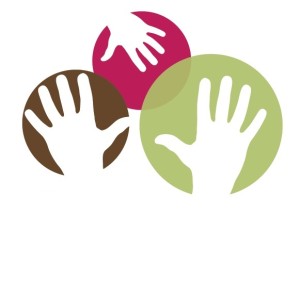
“Mother Father do you know, why one man’s belly overflows
Another sleeps in hunger’s bed, we’d trade our world for a piece of bread
Mother father please explain to me, how this rare world has come to be
A place so full of color yet overflowing always in black and white black and white
Drowning in the waters of our..”
—Dave Matthews Band, Mother Father.
Greetings to All!
This issue of the Buzz focuses on a matter that concerns us all, and for once we’re not talking about the coronavirus! The issue that drives the deepest wedge into the well-being of our communities is the glaring inequity that so many people and groups of people confront every day. As individuals and organizations, how can we address, let alone reset, the imbalances that exist and do so much lasting harm?
The resources in this Buzz offer a window into those inequities and let you drill down from our profile as a nation, to state-level profiles, and even the particulars of a given town or zip code zone. Such data can greatly inform and fuel Parent Center planning, activities, and equity of services.
Our best to you all,
The CPIR Team | Debra, Debi, Lisa, Sitara, and Myriam
___________________________
Framing the Issue of Equity
Video | Shifting the Narrative to Advance Racial Equity
Foundations and nonprofits alike often struggle to communicate effectively about the importance of racial equity in their work. Having the skills to persuade skeptical audiences and activate existing supporters is increasingly necessary for the successful delivery of any organization’s mission. This video discusses best practices and new approaches shown to advance equity across issues and communities.
Racial Equity Tools
Racial Equity Tools is designed to support individuals and groups working to achieve racial equity. Content is organized by the tabs across the top of the page: fundamentals, plan, act, evaluate, connect, and curricula.
Data Sources Reveal Current Realities
 Where to look to capture the current profile of the nation, your state, a specific population, even your neighborhood? Start with these resources.
Where to look to capture the current profile of the nation, your state, a specific population, even your neighborhood? Start with these resources.
America’s Children
Here, you can find the most recent statistics on children and families in the United States across 41 report indicators, covering a range of domains: family and social environment, economic circumstances, health care, physical environment and safety, behavior, education, and health.
The State of America’s Children 2020
Children remain the poorest age group in America. Nearly 1 in 6 lived in poverty in 2018—nearly 11.9 million children. The youngest children are the poorest and nearly 73% of poor children in America are children of color.
The Demographics of the Nation or Your State
Explore the many dimensions of the nation’s population at the U.S. Census Bureau, such as race and ethnicity, families and their living arrangements, health, education, employment, housing, and income and poverty. Find out your state’s data by entering the name of your state in the search box at the top of the page.
Specifics at the School Level
Using Search for Public Schools, you can see demographics for every public school in your zip code zone, city, or state.
___________________________
 This eNewsletter from the CPIR is copyright-free.
This eNewsletter from the CPIR is copyright-free.
We encourage you to share it with others.
Center for Parent Information and Resources
c/o SPAN, Inc.
35 Halsey St., Fourth Floor
Newark, NJ 07102
https://www.parentcenterhub.org
Subscribe to the Buzz from the Hub.
See past issues of the Buzz.
____________________________________________________________
Publication of this eNewsletter is made possible through Cooperative Agreement H328R180005 between OSEP and the Statewide Parent Advocacy Network (SPAN). The contents do not necessarily reflect the views or policies of the Department of Education, nor does mention of trade names, commercial products, or organizations imply endorsement by the U.S. Government or by the Center for Parent Information and Resources.

